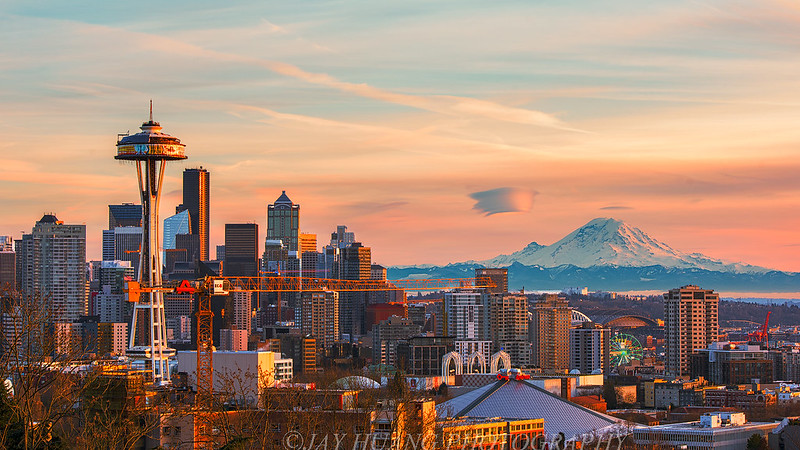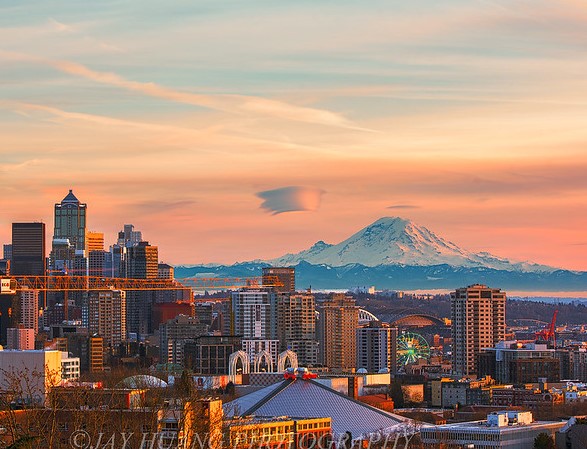

I’ve always had a fascination with skylines and how much definition they give to cities. Landmarks, mountains, buildings, all of these elements come together to create the cities that we know and love. I don’t know about you, but I’m a huge fan of the 2013 PS3 game “The Last of Us,” (yes, HBO picked it up and turned it into a show that’s airing right now! ) which takes place in a familiar, but dystopian future. One of the best features of the game is its use of skyline and landmarks to move the story along, almost as if the overgrown and worn cityscapes are characters in the game themselves. Though the locations change throughout the game and its sequel, much of the dramatic tension is focused on landmarks scattered throughout the game. Though these landmarks have changed, become overgrown, or broken, to the player of the game, they are still recognizable (yes, that overgrown and possibly zombie infested building is still representative of Boston!)
The first picture above is a complete skyline of Seattle with the Space Needle on the left and Mount Rainier in the background. I would think that the most recognizable landmark would be the Space Needle, and without it, Mount Rainier is brought to the forefront and becomes the most prominent feature to the viewer. Is it still Seattle? Of course. Though to the average viewer, this may not be as apparent (maybe without the Space Needle, this is more like other cities in the Pacific Northwest?) When I was thinking about this assignment, I wanted to look at how landmarks (and when they change or are removed) really give a sense of place and character to a city. It’s what makes a game like “The Last of Us” so compelling because those skylines and landmarks are so familiar to us, even though they might have changed in one way or another.


Hi Danielle, I really liked what you did with the cropping of the image. This cropped image definitely does change the meaning of the image itself! I would have easily recognized the image before as Seattle but without the Space needle it does make you think more about the location, especially someone like me who isn’t well traveled. With your cropped image my eyes were drawn directly to the mountain and how beautiful it is. Something I wouldn’t have otherwise payed as much attention to if the Space needle was still in the image. I think to really draw even more attention to the mountain you could have cropped the left side a bit more that way the mountain could’ve been more at the center focal pointe. I think that would have made it even harder to figure out its location and brought more emphasis on the beautiful mountain. Overall, great job! Brava!
Hello Danielle,
You did a great job cropping your image. I saw an image similar to this one and almost used it as well. I think you had an interesting crop choice with cropping out that point building. Naturally, my eyes were drawn to that building so the new crop brings attention to the mountain. You could have done another crop highlighting that building and cropped out the mountain and that would have been an interesting take on the image as well. I personally love the scenery of a mountain so I am in favor of your crop design. Great job overall with your crop and using the rule of thirds in your cropping style.